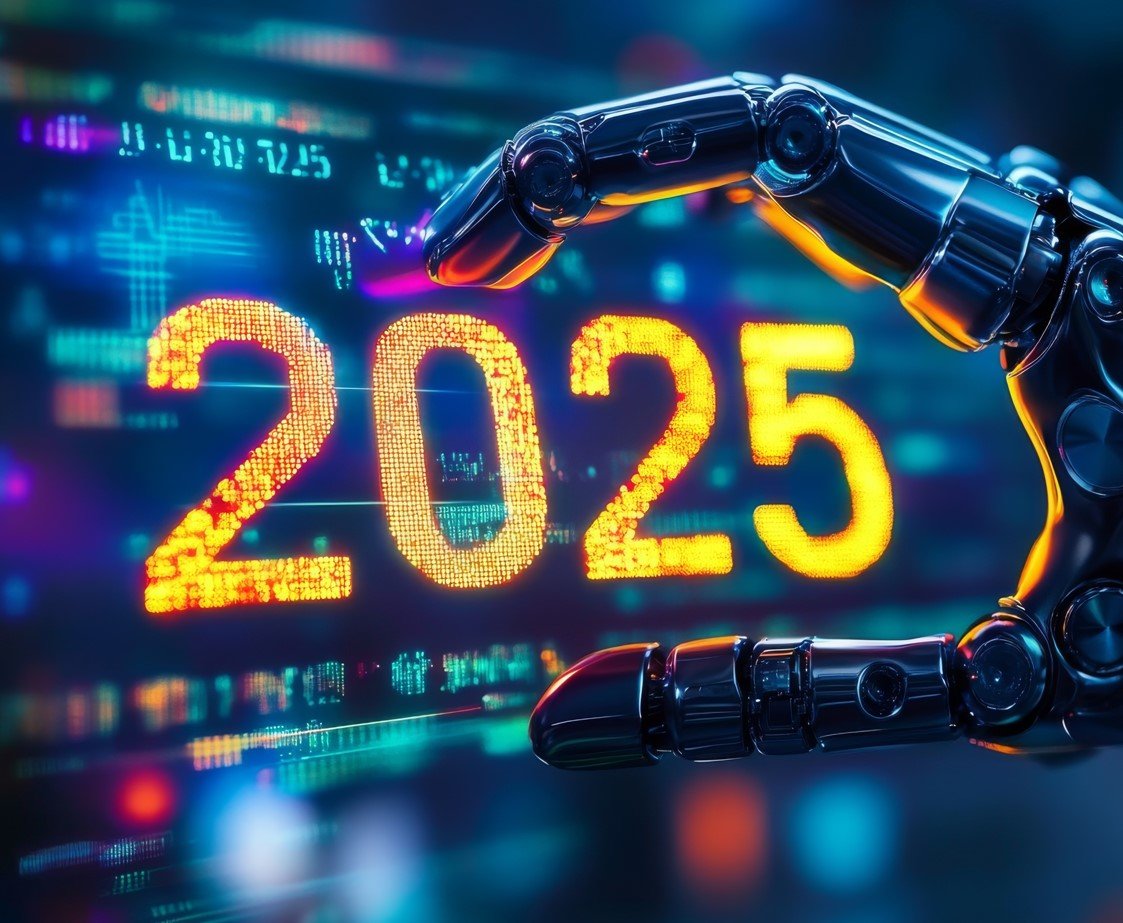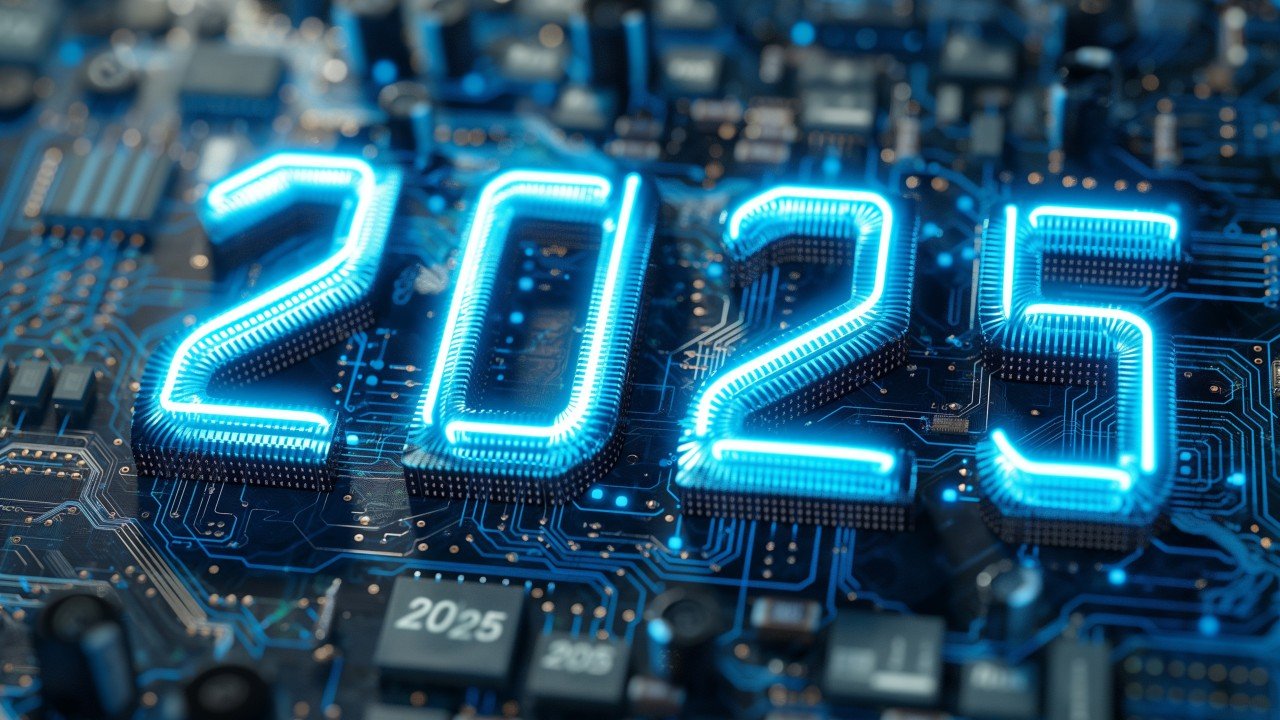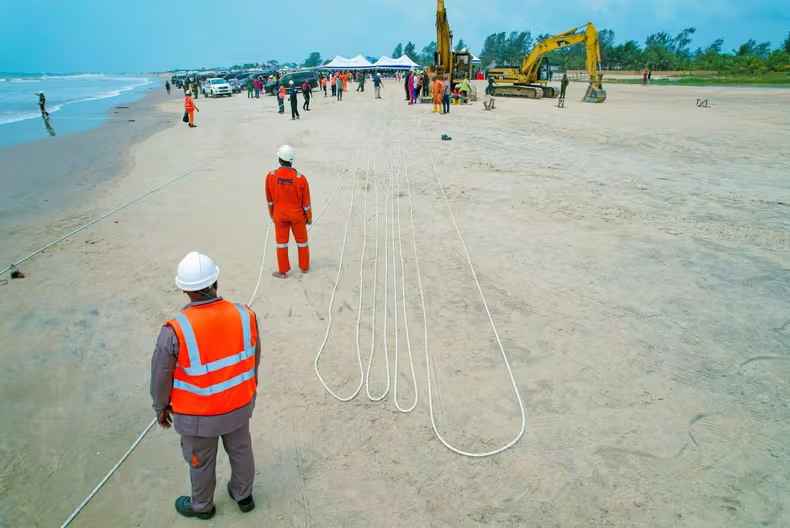7 significant technological developments that are anticipated in 2025.

7 significant technological developments that are anticipated in 2025.
Forty-five years is hardly a long time in the big picture. In 1980, it would take me three weeks to run a computer program that used punched cards and was written in the Cobol programming language. One line of code was represented by each card, and errors had to be fixed by several re-punches. I would eventually have a functional program that accomplished a worthwhile goal.
How rapidly technology has advanced—my cell phone today has far more processing power than the computer that handled that Cobol software. Among many other things, that same phone can translate between languages in real time during a live call thanks to artificial intelligence algorithms.

1. AI agents start to shine.
It should come as no surprise that significant advancements in AI will certainly continue. The application of AI agents is one field that is probably going to gain popularity. These are sophisticated systems that receive human-given goals and determine the most effective means of achieving them. Agents have the ability to write computer code, which might significantly alter how tech businesses operate and enable developers of games, apps, and programs without the need for highly skilled programmers.
Additionally, you could witness human-free auto factories run by AI-assisted robots. Theoretically, agent technology might evaluate and approve mortgage applications. On a smartphone, an agent interface that handles several tasks for the user could take the place of individual programs.
Optimus, a humanoid robot constructed by Tesla, is one potential host for AI agent technology. According to Elon Musk, the electric vehicle manufacturer will begin utilising Optimus for internal activities around 2025.
By 2026, he added, the automaton might be prepared for sale to other companies.
Project management is one of the industry jobs for which agents are specifically designed. According to the consulting firm Gartner, by 2030, artificial intelligence will handle about 80% of project management duties.
2. Personalisation with AI assistance
The emphasis in education has historically been on linear study plans with set entry and exit points that span several years. Consider a course of study that is specially designed for each student according to their background, aptitudes, and talents. AI is already being investigated in the US for student-centered, bespoke degree programs.
These are customised not only in terms of curriculum and material but also in terms of identifying the unique needs of the student or even how the learner may be feeling at any given moment. This can include AI that uses data from smartwatches to modify learning activities and study sessions based on how much sleep you had the night before.
AI has the potential to support personalisation in fields other than education. Private businesses will be able to train their own, unique big language models, the technology that powers AI chatbots like ChatGPT, according to management firm Accenture.
To increase their effectiveness for certain businesses, they might be trained using data unique to that business domains. However, these businesses would need to use billions of data points. By 2025, we will have made progress towards this goal.
The development of small language models (SLMs) aims to increase the efficiency of precise jobs. They demand less processing power and don’t need to be trained on as much data. This implies that they can be utilised more readily on so-called “edgedevices,” which include laptops, tablets, and smartphones, without depending on cloud-based computing resources.
3. Moving towards useful quantum computers
Advances in quantum computing may result in devices that are capable of handling challenging problems that are outside the scope of most traditional computers. Instead of attempting to set new records for the quantity of qubits—basic processing units—researchers are now focussing on fixing the mistakes that quantum computers now make. This is a step towards the development of viable quantum computers that outperform classical ones.
4. Combining the virtual and real worlds
There is room for increased use of mixed reality, augmented reality, and virtual reality. Users are submerged in a computer-generated environment using virtual reality. The real environment is still visible while computer-generated components are superimposed on it in augmented reality.
Numerous head-mounted gadgets that support these technologies are already available. These consist of the Quest headset from Meta and the Vision Pro from Apple. Companies like Apple, Meta, and others are probably going to release new goods and improvements in 2025.
5. Blockchain’s advantages
Supply chains and a variety of industries, including healthcare and finance, will be impacted by blockchain technology, which enables information to be kept across a network of computers. By enabling the tracing of goods from the point of origin to the customer, blockchain improves transparency and traceability. It also provides increased security and efficiency through automated procedures.
Blockchain technology could improve the security of patient data in the healthcare industry. Medical supplies may be tracked, and data transmission could become smooth. There would be a higher level of financial inclusion and financial transactions could be made more reliable, quick, and affordable. More people who would not have previously had access to banking or lending services would be able to do so.
6. The emergence of 6G networks
The advent of 6G wireless communication networks will provide us with quicker connectivity. In 2025, the process of standardising 6G technology will start. Network compatibility and unambiguous 6G worldwide standards are essential to the technology’s success.

7. More sophisticated autonomous vehicles
Numerous developments are also anticipated for self-driving cars. Based on their degree of autonomy, self-driving cars are categorised into six categories, ranging from 0 (completely manual) to 5 (completely autonomous). At level 4 (high driving automation), self-driving taxis are currently in use in US cities like San Francisco.
With certain limitations, they can manage the majority of driving tasks without human input. We should expect advancements towards level 5 by 2025. Vehicles that run entirely on their own without any assistance from humans are categorised as fully autonomous. Elon Musk claims that Tesla is working on a robotaxi that would be accessible “before 2027,” while Mercedes plans to speed up its Drive Pilot self-driving system in 2025.
We can anticipate that technology will be able to perform things that were previously limited to people. It will be capable of finishing tasks and reporting back. Work will alter significantly and become more efficient as a result. Additionally, we will witness technology that improves our quality of life and leisure time.








